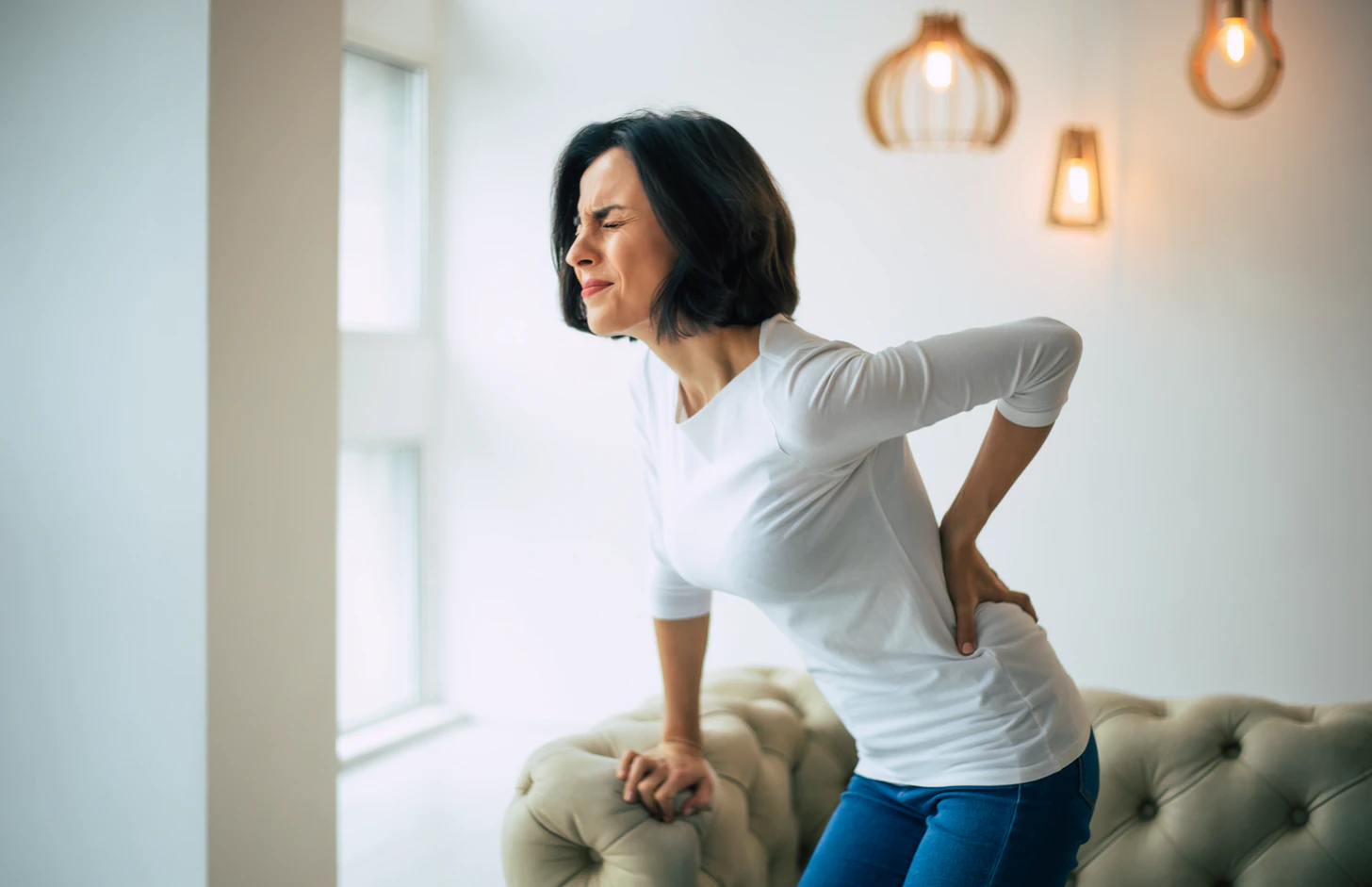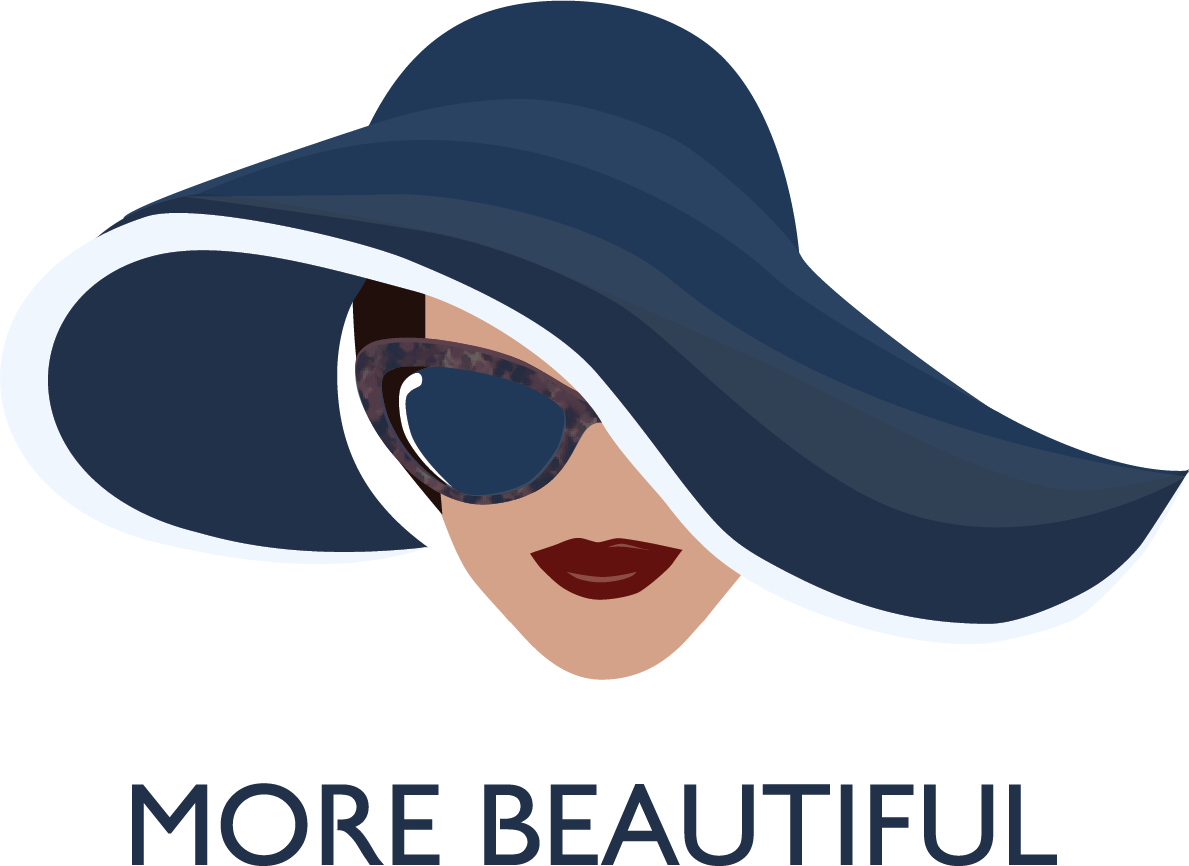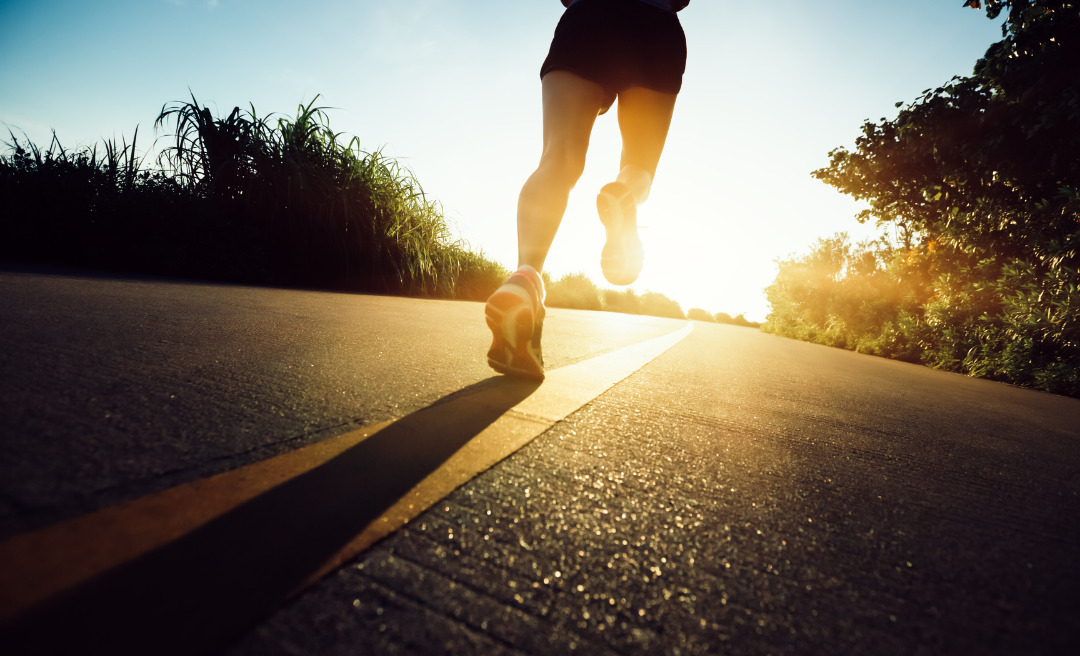
I wish I could say it happened while I was doing something sexy or cool. Like snowboarding, salsa dancing, or having a romp with my husband. But no, I was just making the bed—more specifically, leaning over to fluff a pillow—when a back muscle suddenly spasmed and pain gripped my left side.
For the next few hours I was out of commission, unable to bend, sit or get dressed without assistance. For the next two days, I was limited to walking around slowly, with an ice pack strapped to my body.
I was agitated. Indignant. Didn’t my back know that I had stuff to do? Work to finish, people to see, places to go? Like many women, I pride myself on running around nonstop during any given day. But now, my pain was cramping my lifestyle.
I was also incredulous. Maybe this sort of thing happened to other people in midlife, but certainly not me. I exercised regularly, stretched and did Pilates after runs. So far, I hadn’t had any age-related accidents or needed surgery to fix any degenerative issues like some of my friends had.
Let me tell you, denying one’s age is easy until you find yourself flat on your back, staring up at the crown molding, pondering life’s big issues. Such as, why don’t doctors make house calls anymore? And, is there an easy way to project Bridgerton onto the ceiling?
Whether or not you’ve experienced back issues, here are some of the most common conditions that cause back pain in women over 40, along with some prevention and healing tips.
Common Causes of Women’s Back Pain After 40
Thanks to degeneration of the bones, cartilage, tendons and ligaments, we are more prone to injuries and can heal more slowly as we age. If you were rough on your body in your youth, you may have greater-than-average wear and tear on your cartilage. Here are some of the most common age-related causes of back pain:
- Pulled or Strained Muscle: This is what landed me on my back. If you overwork a muscle or twist it too hard, you can tear or overstretch the muscle fibers. This can cause cramps, muscle spasms, tightness or stiffness; pain with specific movements like standing or bending; swelling, redness or bruising.
- Pinched Nerve: A nerve can get pinched when too much pressure is applied to it by surrounding tissue, resulting in pain, tingling, numbness or weakness.
- Herniated Disk: Aging causes your disks—the rubbery cushions between the vertebrae—to become less pliable and more prone to tearing. A herniated disk can occur in any part of the spine, but most often in the lower back, causing pain, numbness or weakness in the back, legs or buttocks.
- Spinal Arthritis: There are many types, but osteoarthritis (“wear and tear” arthritis) is most common. When you age, the cartilage that lines the vertebrae joints begins to wear down. Without this cushioning, your bones may rub together, causing pressure, pain, inflammation, stiffness and swelling—particularly in the lower back when you bend or twist. You may experience stiffness after waking in the morning, or occasional flare-ups of of severe pain.
- Spinal Stenosis: Age-related narrowing of the spaces within the spine can cause the spinal cord or nerves to become irritated, compressed or pinched. Symptoms of lower back (lumbar) spinal stenosis include pain that comes and gos, sciatica, heaviness or cramping in one or both legs, and numbness or tingling in the buttocks, leg or foot. Spinal stenosis can also be caused by arthritis, bone disease, herniated disks and spinal cord injuries.
Back Pain Just For the Ladies
Some back conditions are more prevalent among women:
- Piriformis Syndrome: Agitated by hormone-related changes in the pelvis, piriformis syndrome causes chronic pain in the buttocks and hips, or radiating pain in the back of the thigh or leg. The pain flares up when you get out of bed, walk up stairs or sit for a long time, and subsides when you lie on your back.
- Sacroiliac Joint Dysfunction (Sacroiliitis): Marked by inflammation of the sacroiliac (SI) joints that are situated where your lower spine and pelvis connect, this condition can cause pain in your buttocks or lower back, or extend down one or both legs. Women, who tend to have smaller SI joints than men, are more susceptible. Sacroiliitis is also common during pregnancy, and more likely if you play contact sports or have a labor-intensive job.
- Degenerative Spondylolisthesis: Common in post-menopausal women, this condition is diagnosed when one vertebra slips forward over the one below it. Pain is usually felt in the lower back, radiating to the legs.
- Coccydynia (Tailbone Pain): Pain in the tail end of your spine (coccyx) is usually due to trauma (including childbirth) and more common in women due to our pelvis shape and angle. Coccydynia can cause pain while sitting (especially on hard surfaces), leaning partly backward, or standing up from a seated position.
- Spinal Osteoporosis Fractures: Post-menopausal women are more likely to develop osteoporosis, a condition in which bones become less dense and more prone to breaking.
How to Treat Back Pain
Most minor muscle strains can gradually improve with home treatment and self-care, usually within a few days. To reduce inflammation and pain, apply an ice pack to the affected area for 10-20 minutes at a time. After the inflammation subsides, you can apply heat to further relieve pain, relax the muscles and promote circulation. Getting ample rest is important, but total inactivity can weaken muscles, cause stiffness, and contribute to a higher risk of injury. Continue to perform light activities that do not cause pain, such as walking or stretching, and avoid lifting or bending. If necessary, take an over-the-counter anti-inflammatory such as ibuprofen to reduce pain, and/or apply an over-the-counter rub.
Other home treatments for a strain: a hot-and-cold-therapy gel wrap; resting on your back with a pillow under your knees, or on the floor with knees bent; and light stretches. If you have ongoing problems with pulled muscles, consider working with a physical therapist who can prescribe exercises to strengthen muscles, increase range of motion and avoid future injuries.
If your back pain is severe, doesn’t improve with rest, or persists past a few days, call your doctor, who can diagnose you through a physical exam and various tests. Depending on the cause of the back pain, physicians can prescribe a range of treatments, including medication, cortisone injections, physical therapy and, occasionally, surgery. They may also recommend lifestyle changes, such as an anti-inflammatory diet and exercise.
In rare cases, back pain can signal a medical emergency. If you experience abdominal throbbing, difficulty maintaining balance or walking, incontinence, nausea or vomiting, chills and fever, overall weakness, numbness or tingling in your legs or feet, or pain radiating into your legs (especially below the knees), call your doctor right away. The same goes if your pain follows a fall, blow to your back or other injury.
Preventing Back Pain
Some back issues may not be fully preventable, but there are some ways to avert lower-back strains and maintain overall back health:
- Exercise. Regular low-impact aerobic activities that don’t strain or jolt your back, such as walking and swimming, can increase strength and endurance. Strength training can improve muscle function and flexibility, and help build your core muscles so they work together like a natural corset for your back. For more on exercise, listen to my conversation with midlife trainer Judy Arazoza, “Get In Your Best Shape At Any Age”.
- Maintain a healthy diet and weight. Carrying excess weight can put a strain on your back muscles, so trimming down can prevent pressure and pain. If you’re at risk for osteoporosis, your doctor may suggest calcium, vitamin D or other dietary supplements. For more on midlife nutrition and health, listen to “How to Lose Weight in Perimenopause,” my chat with nutritionist Julie Court, or “How to Reverse Your Biological Age,” a conversation with midlife health experts Claire and Jame Davis.
- Quit smoking. Smoking increases your risk of lower back ailments and many other diseases and conditions. So stop. Now.
- Stand tall. To reduce stress on back muscles, avoid slouching. If you must stand for long periods, wear supportive low-heeled shoes and use a footstool to rest one leg at a time.
- Sit smart. Choose a seat with good lower-back support, armrests and a swivel base. Sit with your back straight, shoulders back, and buttocks touching the back of your chair (place a pillow or rolled towel in the small of your back if needed). Bend your knees at a right angle, and keep them even with or slightly higher than your hips. Don’t cross your legs, and keep your feet flat on the floor (or use a footstool).
- Avoid movements that twist or strain your back. If you must lift something heavy, let your legs do the work. Keep your back straight, bend only at the knees, and hold the load close to your body.
Disclosure: Some of the links in this post are affiliate links. This means that, at zero cost to you, I will earn an affiliate commission if you click through the link and finalize a purchase.
Listen to the More Beautiful Podcast.
Sources:
Penn Medicine: Back and Neck Pain: Is it a Normal Part of Getting Older?
SpineHealth.com: 7 Back Pain Conditions That Mainly Affect Women
Healthline.com: What You Need to Know About Treating Lower Back Muscles
Harvard Health: Muscle Strain: What Is It?



